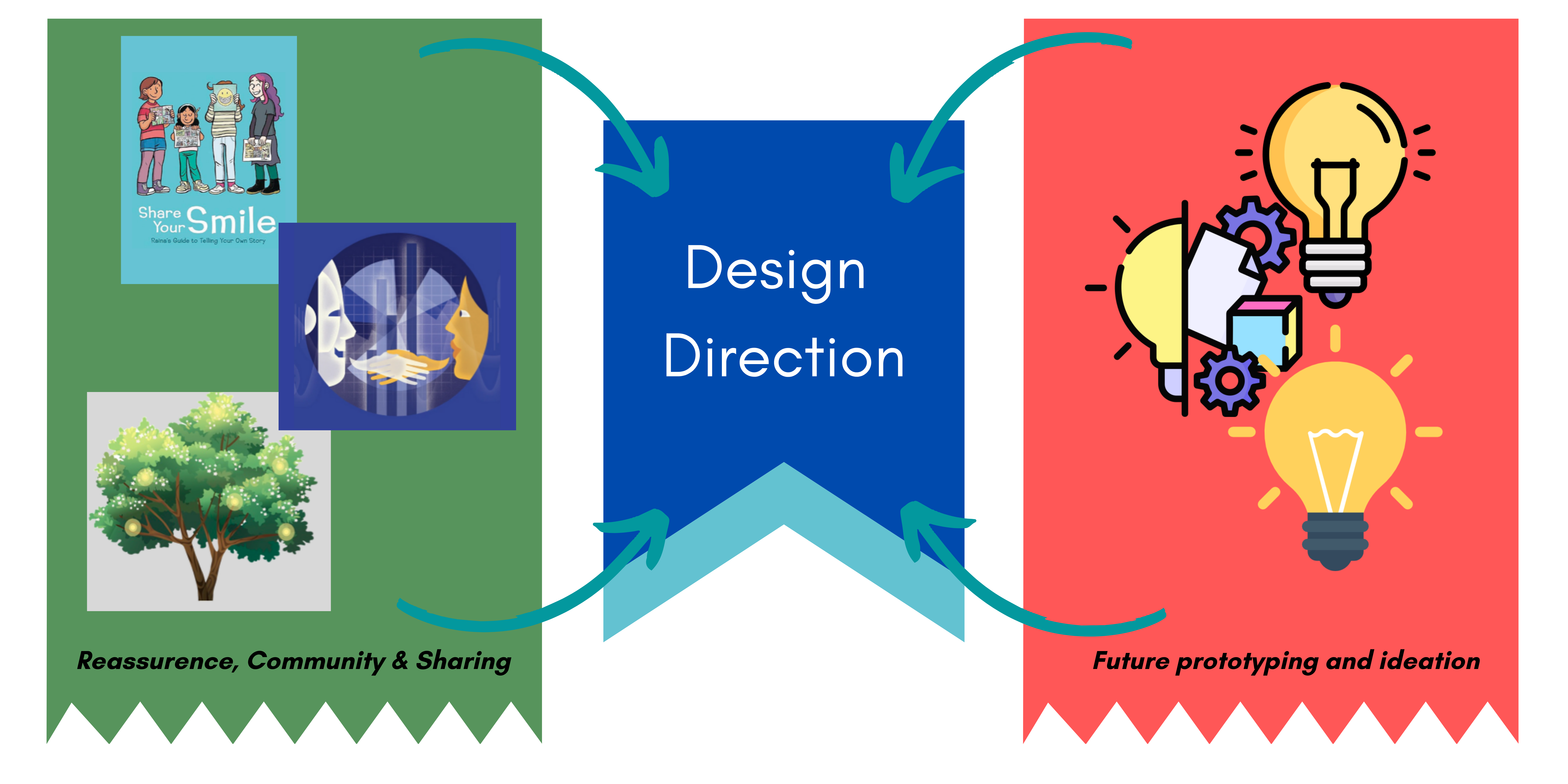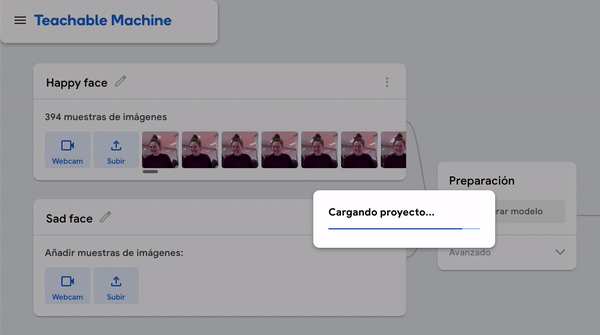
Exhibition 1_Page Group 21
| Team number | ?Group 21 |
|---|---|
| Students | Laura JonkerTim BiervlietAlex HazamaGuadalupe ?lvarez Villag?mez |
| Coach | Gijs Huisman |
| Brief | Erasmus MC |
| Keywords | |
| Exhibition link | |
| Status | |
| One liner! | |
| Link to video |

Context
Erasmus MC has focused its efforts on finding innovative solutions that improve the preoperative experience of cancer patients in order to improve the results of their procedure. The key aspects to take into consideration are expectation management, shared decision making and the mental well-being of the patient. Erasmus MC trusts that technology can be integrated in the patient?s journey in ways that foster better communication with the care team and provide interactions that are sensitive to the patients? information needs and their emotional and mental status.
The goal
To improve the preoperative experience of oncological patients who will undergo surgical reconstruction of either face or breast.
Design concepts
For the initial explorations, we focused on the positive aspects we could find in the journey of the patient and take them as inspiration and opportunities for our design concepts. Additionally, we identified that even though the procedure is performed on the patient, there are people involved who are also impacted by and during the whole process, such as relatives, friends or caregivers, so we tried to integrate them into the experiences.
The four concepts that we used as inspiration are the following:
Reassurance
Community
Sharing
Co-responsibility
Concept 1
Reassurance
Sometimes a gesture, an advice, an opinion, action or just information can make people feel comforted and regain confidence. But for these stimuli to be effective, they need to be considerate of the person?s emotional and mental state.
The emotional journey of a patient can be veering and unpredictable, so we would like them to learn about their procedure at the right time and at their own pace.
Facial and posture recognition through machine learning allows for emotion identification, which might help inform the patient or direct the aforementioned stimuli in a timely manner.

Prototypes and explorations
Teachable Machine is used in this prototype to identify the current emotion of the user by body language, happy and sad. The focus was to explore emotion recognition so the friend/buddy can respond more personalized to the patient?s emotional status with the information that the user needs at the moment.
Key insights
??
Multiple data from different people is needed to make the AI system more accurate and make it respond on people outside of the database as well.
Concept 2
Community
Going through an illness can become a lonely process since it is hard to assimilate and convey thoughts and emotions. Knowing that there are people with unique struggle stories as well, can help patients realize they are not alone.
Having a social support system is key in the emotional and attitudinal state of the patient. This support can be reflected in many ways, but sometimes a simple motivation message from someone who has gone through your experience is enough to brighten up the day.
Bringing a sense of community to the clinical environment through engaging and stimulating interactions might improve the patient?s experience and attitude towards hospital events.

Prototypes and explorations
The focus of this prototype was to explore guiding a user with the VoiceFlow software. We wanted to guide people in the waiting room in interacting with the CommuniTree by asking about their current emotions. Depending on the emotion of the user, the system will show different messages that match this emotion to make the user not feel alone in this situation.

Key insights
??
?
?
With only the VoiceFlow, the participants missed some interaction with the tree itself.
Participants of the user test think it is joyful, especially when someone is bored in the waiting room.
Participants of the user test think it is a nice idea to calm people down when they are worried or feeling a bit down.
Concept 3
Sharing
A community is a space where patients can receive support from others, but also where they can share their experiences and give back to their community by supporting people who will go to the same situation in the future.
Sharing is caring for others, and people who experience being a patient themselves have more resources to provide encouragement and motivation to others going through this experience.
Technology can help us facilitate the act of sharing by creating tools that guide, engage and inspire people to connect with others through their own stories.

Prototypes and explorations
Two different prototypes are created for this concept. One prototype is to indicate the current emotion with a sliding potentiometer, which results in a response of the RGB LED turning green, orange or red.
The other prototype is about voice recognition. The user can ask for information about the recovery or procedure. The prototype response with information supply about the subject the user asked for.
Key insights
??
?
?
??
Participants think the sliding potentiometer is satisfying to use.
One participant gave the indication that orange was not a neutral feeling between red and green.
The participant liked listening to the voice of another ?patient?, and recording and sharing a message with others.
Concept 4
Co-responsibility
Imagine, you are getting plastic surgery for your face or breast and therefore will look different afterward. It can make you feel insecure, what will people think about it? Will my partner still like me? It is important to talk about this and share your thoughts.
However, maybe your partner is afraid of what will come as well, doesn?t wanna accidentally hurt you after surgery or is afraid that the bad tumor will come back. Even though both persons do not experience the same, they can share their thoughts and make space for each other's fears and experiences.
Understanding the emotional status, as well as the self-perception and appreciation of the patients is important in order to prepare them mentally and prevent crisis after the surgery happens. But also understanding the perspective of the partner and sharing their experiences and fears both ways and make it a co-responsible situation.
Design Direction
Looking back at the four concepts, and previous concepts created for those concepts, a concept direction for the rest of the project is created with three central themes.

Guidance
The future concept will guide patients, relatives, friends and family in this difficult process. It is a guiding hand, giving support but never taking the wheel from the user. It should provide a feeling of comfort, empowerment, community (not being alone) but also be informative to answer the many questions the user has.
Personal
The future concept is for everyone but should feel personal for the individual user. The stories of many patients and their companions are shared but it is important that a single user feels comfortable about sharing their own story. This, in order for them to formulate it well and to be shared correctly with others.
Together
The future concept evolves around the idea of a shared journey, where everyone comes together (directly or indirectly) to share their emotions and questions. Whether this is within a small or large group, with known or unknown people etc. It should always provide a general feeling of others being out there who share the exact same feelings and/or experiences as they do.









